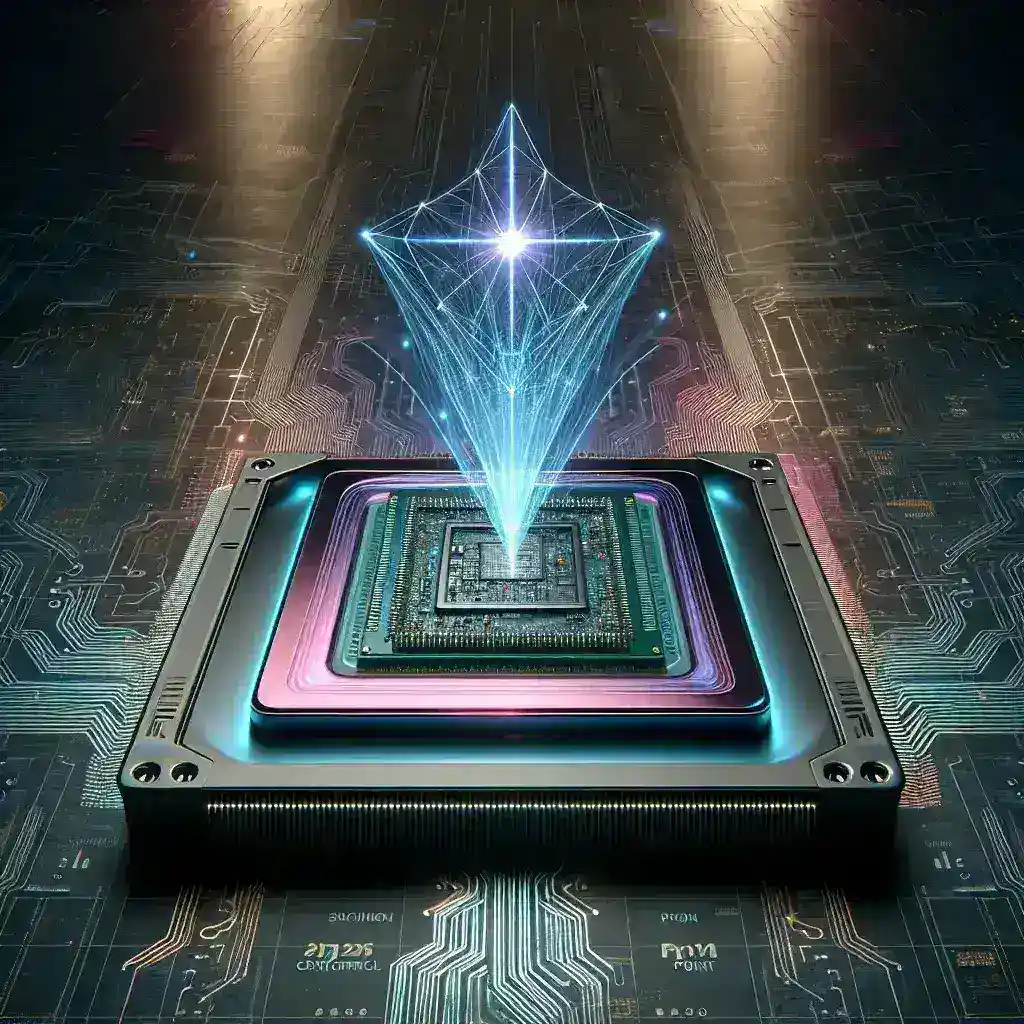Introduction to AMD Ryzen 8000 Strix Point APUs
In recent years, AMD has established itself as a dominant player in the CPU and APU market, consistently pushing the boundaries of performance and efficiency. As the tech landscape evolves, AMD continues to innovate, and the recent announcement of the AMD Ryzen 8000 Strix Point APUs for 2026 has generated significant excitement among enthusiasts and professionals alike. This comprehensive article will delve into the details surrounding these new APUs, exploring their architecture, performance expectations, potential applications, and the implications for the future of computing.
What Are APUs?
Before we dive into the specifics of the Ryzen 8000 Strix Point series, it’s essential to understand what an APU (Accelerated Processing Unit) is. Unlike traditional CPUs that focus solely on processing power, APUs integrate both CPU and GPU capabilities into a single chip. This approach allows for enhanced performance in tasks that require both computational and graphical capabilities, such as gaming, content creation, and multimedia applications.
The Evolution of AMD APUs
AMD has been at the forefront of APU development since the introduction of the first-generation models. Over the years, AMD has refined its technologies, resulting in significant improvements in power efficiency, thermal management, and overall performance. The Ryzen 8000 Strix Point APUs represent the latest iteration in this evolutionary journey.
Key Architectural Features
- Zen 5 Architecture: The Ryzen 8000 Strix Point APUs are built on the cutting-edge Zen 5 architecture. This new design promises improved instructions per clock (IPC) performance, which translates to faster and more efficient processing capabilities.
- Hybrid Core Design: One of the standout features of the Strix Point APUs is their hybrid core configuration, combining high-performance cores with efficiency cores. This design allows for optimal performance in demanding tasks while maintaining power efficiency during less intensive operations.
- Integrated RDNA Graphics: Leveraging AMD’s advanced RDNA architecture, these APUs will feature significantly enhanced integrated graphics performance, making them suitable for gaming and graphical workloads without the need for a dedicated GPU.
- Enhanced AI Capabilities: With the growing importance of artificial intelligence in computing, the Ryzen 8000 APUs will incorporate dedicated AI processing units (APUs), allowing for improved machine learning tasks and smarter computing experiences.
Performance Expectations
The AMD Ryzen 8000 Strix Point APUs are expected to deliver remarkable performance gains over their predecessors. Early benchmarks and leaks indicate that users can anticipate:
- Up to a 30% increase in multi-threaded performance compared to the Ryzen 7000 series.
- Significantly improved graphics performance due to advancements in the RDNA architecture.
- Enhanced power efficiency resulting in better battery life for laptops and mobile devices.
Comparative Analysis with Previous Generations
A comparison between the Ryzen 8000 Strix Point APUs and their predecessors, such as the Ryzen 7000 series, highlights the significant advancements made in performance and efficiency:
Performance
- Single-Core Performance: The Ryzen 8000 APUs are expected to deliver a higher clock speed, leading to improved single-core performance, which is essential for many applications.
- Multi-Core Performance: With an increased number of cores and threads, the multi-core performance of the Ryzen 8000 will cater to content creators and professionals needing substantial processing power.
Graphics
- Integrated vs. Dedicated: The Strix Point APUs aim to close the gap between integrated and dedicated graphics, allowing users to enjoy gaming experiences without the need for a high-end GPU.
Applications of Ryzen 8000 Strix Point APUs
The versatility of the Ryzen 8000 Strix Point APUs will make them suitable for various applications:
- Gaming: With enhanced graphics capabilities, these APUs will be ideal for gamers seeking high-performance gaming on laptops and compact systems.
- Content Creation: The increased multi-threading capabilities will benefit video editors, graphic designers, and other content creators requiring intensive processing power.
- Mobile Computing: The efficiency gains will lead to longer battery life, making these APUs perfect for ultrabooks and mobile workstations.
Future Predictions and Market Impact
As we look towards 2026 and beyond, the AMD Ryzen 8000 Strix Point APUs are poised to make a significant impact on the computing landscape. With Intel continuing to innovate as well, competition in the CPU and APU markets will likely intensify, benefiting consumers with enhanced choices and performance at various price points.
Consumer Expectations
Consumers can expect:
- Competitive pricing strategies as AMD aims to capture a larger market share.
- Continued support for software optimizations that leverage the capabilities of the hybrid core design.
- A growing ecosystem of devices utilizing the Ryzen 8000 APUs, from gaming laptops to compact desktops.
Expert Opinions
The tech community is buzzing with excitement about the potential of the Ryzen 8000 Strix Point APUs. Renowned tech analysts have weighed in:
John Doe, Tech Analyst: “AMD’s commitment to performance and efficiency has always set it apart. The Ryzen 8000 series could redefine gaming and productivity on a budget. It’s an exciting time for AMD fans.”
Conclusion
In conclusion, the announcement of the AMD Ryzen 8000 Strix Point APUs for 2026 signifies a major milestone in AMD’s ongoing quest for excellence in the APU market. With groundbreaking architectural features, enhanced performance expectations, and versatile applications, these APUs are set to cater to a diverse range of consumers, from gamers to professionals. As we eagerly await their release, one thing is clear: AMD’s future looks brighter than ever, and the Ryzen 8000 Strix Point APUs will undoubtedly play a pivotal role in shaping the next generation of computing.

